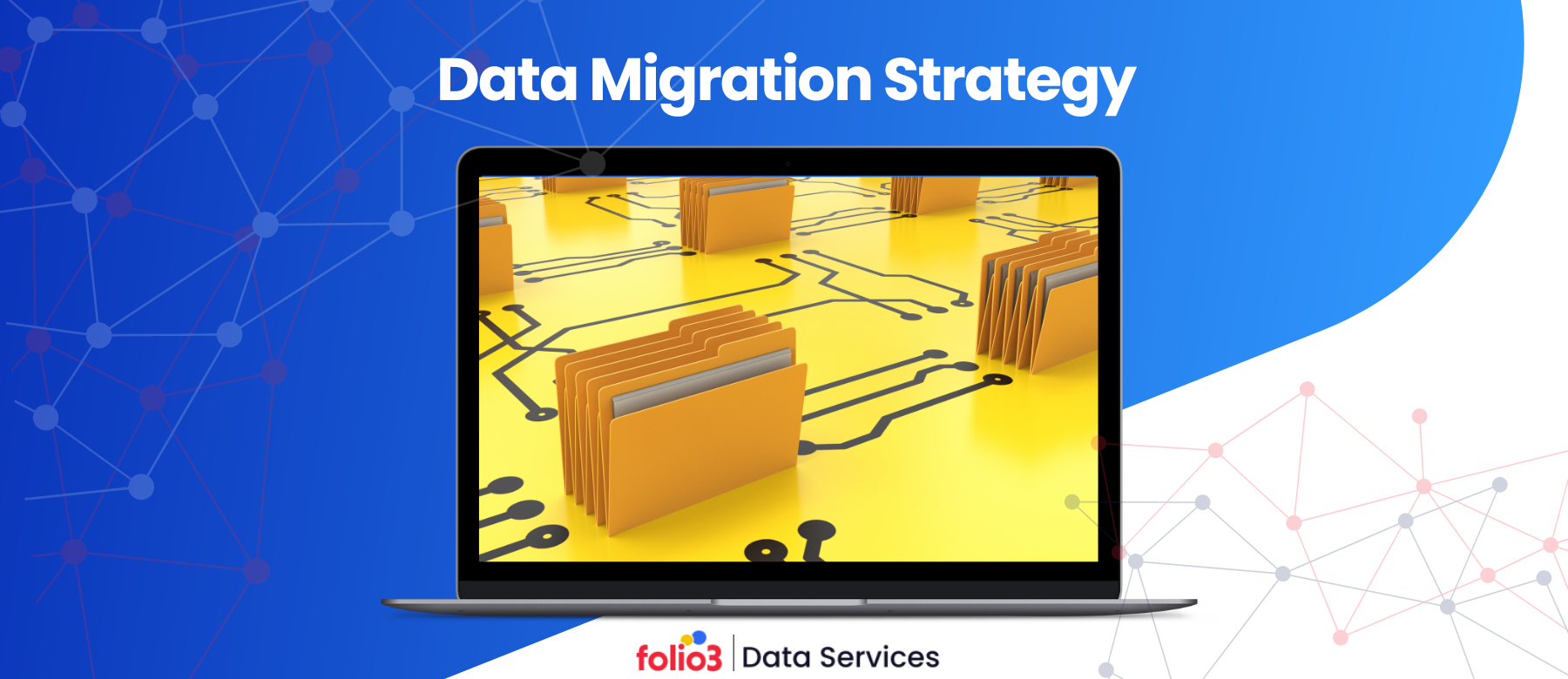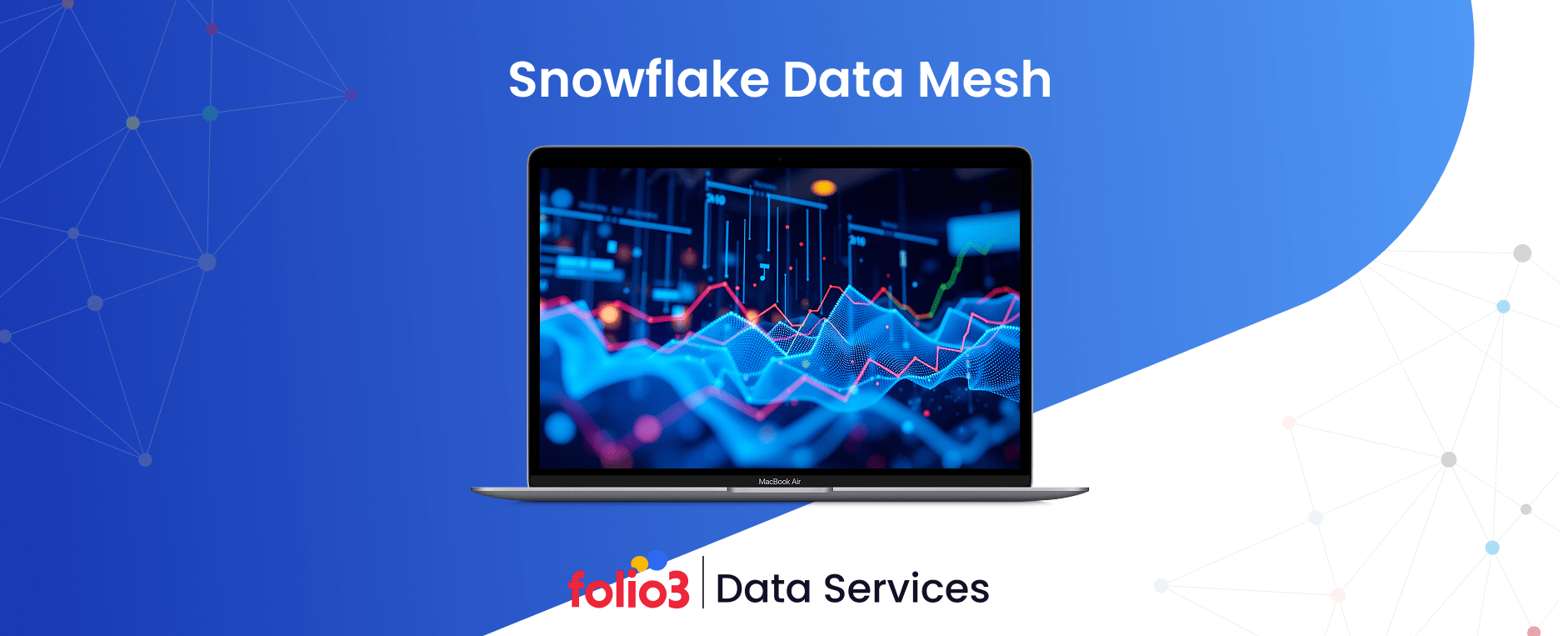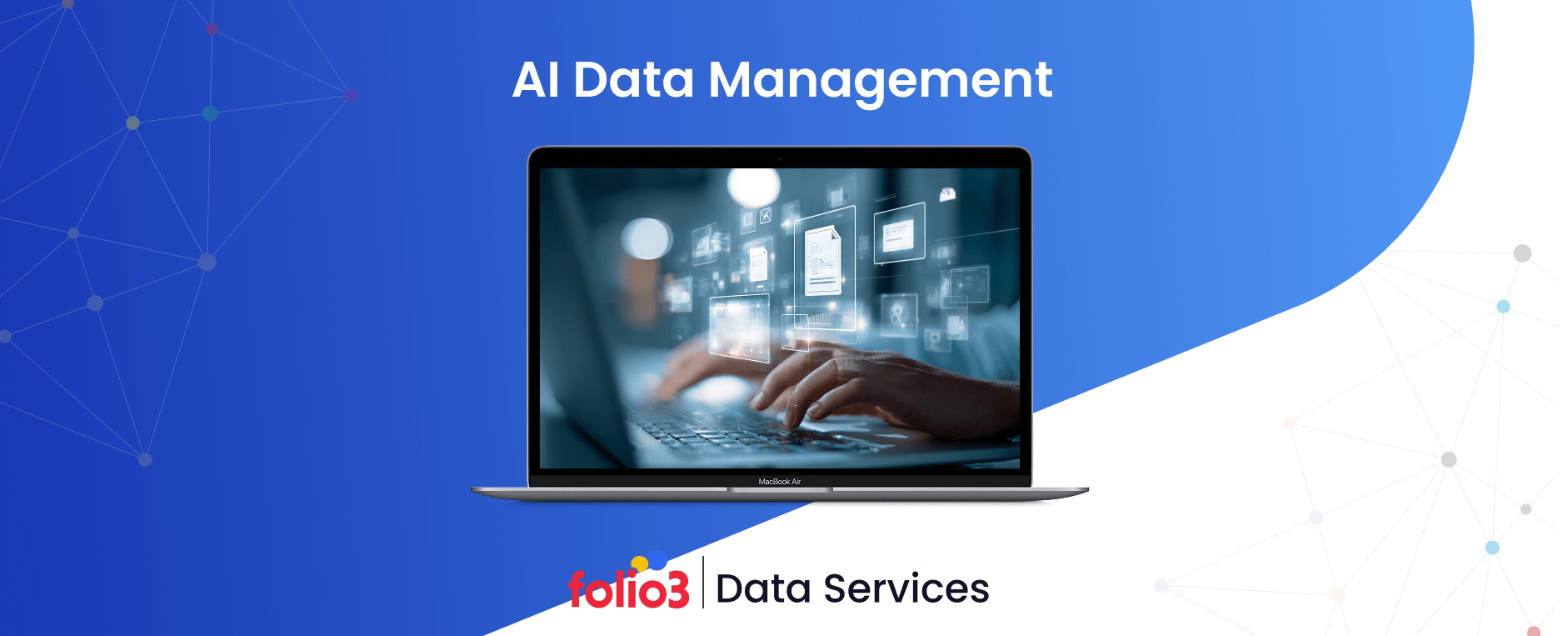Effective data migration strategy is paramount in the dynamic landscape of modern business operations. As organizations evolve, so too must their data infrastructure.
Database migration, the process of transferring data from one platform to another, emerges as a critical operation in this context. Businesses embark on migration journeys to optimize their data ecosystems, whether driven by enhanced functionality, cost efficiency, or scalability.
The significance of database migration cannot be overstated. It encompasses a spectrum of objectives, from upgrading to more advanced platforms like Oracle to transitioning from on-premises legacy systems to cloud-based solutions such as Amazon RDS.
Yet, beneath this seemingly straightforward process lies a complex web of challenges and considerations, underscoring the need for meticulous planning and execution.
While the promise of improved performance and efficiency motivates migration initiatives, reality often presents hurdles that impede progress. According to Gartner, 50% of data migration projects exceed their allocated budgets, casting a shadow over the anticipated benefits.
The root causes of such setbacks are often traced back to the absence of a robust migration strategy and its execution.
Keep reading this blog to find out all you need to know about data migration strategies:
What is Data Migration?
Data migration strategy refers to transferring data from one storage system, format, or environment to another.
This transition may occur for various reasons, including system upgrades, platform migrations, consolidation of data centers, or adoption of new technologies.
Data migration strategy aims to ensure that data remains accessible, accurate, and usable throughout the transfer process, minimizing the risk of data loss or corruption.
5 Types of Data Migration
Here are the different types of data migration approaches:
1. Database migration
Database migration strategy involves transferring data between different types of database management systems (DBMS) or versions of the same DBMS. This process ensures a seamless data transition while preserving its integrity, structure, and functionality.
2. Storage migration
Storage migration entails moving data from one storage system to another, often to upgrade storage infrastructure, optimize performance, or address capacity limitations.
This process may involve transferring data between on-premises storage devices, migrating data to cloud storage solutions, or implementing new storage technologies.
3. Business process migration
Business process migration involves transferring data as part of broader organizational changes, such as mergers, acquisitions, or restructuring initiatives. This type of migration involves aligning data with new business processes, systems, or workflows to support evolving business objectives and requirements.
4. Application migration
Application migration involves relocating data associated with specific software applications from one environment to another. This process may include migrating data from legacy to modern platforms, transitioning applications to the cloud, or moving data between different hosting environments.
5. Cloud migration
Cloud migration involves moving data and applications from on-premises infrastructure to cloud-based platforms or transitioning data between cloud service providers.
This type of migration enables organizations to leverage the scalability, flexibility, and cost-efficiency of cloud computing while ensuring data accessibility and security.
Data Migration Process
Data strategy consultation is essential for effective management during migration. Whether prompted by technological advancements, organizational changes, or evolving business needs, the transfer of data from one system to another is critical for continued operations.
Data migration encompasses a spectrum of objectives, from upgrading to more advanced systems to transitioning to cloud-based infrastructures. However, beneath its surface lies a complex web of challenges and considerations.
Let’s delve into the data migration strategy process, exploring its phases so organizations can unlock the full potential of their data assets while minimizing risks and disruptions to business operations:
1. Plan
The planning phase is the foundation of a successful data migration strategy process. During this stage, key stakeholders collaborate to define migration objectives, scope, timelines, and resource requirements. Tasks in this phase include:
- Assessment: Conduct a comprehensive evaluation of existing data sources, including volume, quality, structure, and dependencies.
- Risk Analysis: Identify potential risks, challenges, and dependencies impacting the migration process.
- Resource Allocation: Allocate necessary resources, including personnel, budget, and technology, to support the migration project.
- Data Mapping: Map the relationships between source and target data structures, ensuring alignment and consistency throughout the migration process.
- Migration Strategy: Develop a detailed migration strategy, including methodologies, tools, and migration paths, based on best practices and organizational requirements.
- Communication Plan: Establish a communication plan to keep stakeholders informed and engaged throughout the migration process.
2. Executive
The execution phase involves implementing the migration plan and transferring data from the source to the target environment. This phase encompasses several vital activities:
- Data Extraction: Data is extracted from the source systems using appropriate extraction methods and tools, ensuring data integrity and consistency.
- Data Transformation: Transform and cleanse data to ensure compatibility with the target environment, including data format conversion, standardization, and deduplication.
- Data Loading: Load transformed data into the target systems using automated loading processes or manual data entry, ensuring accuracy and completeness.
- Validation: Validate migrated data against predefined criteria and business rules to ensure accuracy, completeness, and consistency.
- Monitoring: Monitor migration progress in real-time, track key performance indicators (KPIs), and promptly address any issues or discrepancies.
- Quality Assurance: Conduct comprehensive quality assurance (QA) testing to validate system functionality, performance, and data integrity post-migration.
3. Verify
The verification phase involves validating the success of the migration process and ensuring that data is accessible, accurate, and usable in the target environment. Key activities in this phase include:
- Data Reconciliation: Reconcile migrated data with the source systems to verify completeness and accuracy and address discrepancies or anomalies.
- User Acceptance Testing (UAT): Engage end-users to perform UAT to validate data integrity, functionality, and usability from a business perspective.
- Performance Testing: Conduct performance testing to assess system performance, scalability, and responsiveness under various load conditions.
- Documentation: Document migration processes, procedures, and outcomes for future reference, including lessons learned, best practices, and recommendations for continuous improvement.
- Post-Migration Support: Provide post-migration support and training to users to address any issues, questions, or concerns arising after the migration.
3 Types of Database Migration Strategies
Data migration strategy involves transferring data from one platform to another, critical for organizations seeking to optimize their data infrastructure.
Within database migration, the strategies below facilitate the seamless transfer of data while minimizing disruptions to business operations. Many businesses collaborate with cloud providers or Snowflake partners to ensure these migrations are executed with minimal risk and maximum efficiency.
1. Big Bang Database Migration
The Big Bang approach to database migration involves a comprehensive and simultaneous transfer of all data from the source to the target system. This strategy is characterized by a single, decisive migration event, often executed during a scheduled downtime window.
While it offers the advantage of simplicity and speed, as all data is moved at once, it also poses significant risks, including potential disruptions to business operations and increased downtime.
2. Trickle Database Migration
Trickle database migration adopts a phased approach, wherein data is transferred incrementally over smaller migration events. This strategy allows for a more gradual transition, reducing the impact on business continuity and minimizing the risk of downtime.
By breaking the migration process into manageable stages, organizations can validate each step, address any issues promptly, and maintain operational stability throughout the transition period.
3. Zero-Downtime Database Migration
Zero-downtime database migration aims to minimize or eliminate disruptions to business operations during the migration process.
This strategy leverages advanced techniques, such as data replication, load balancing, and failover mechanisms, to ensure continuous availability and seamless transition between the source and target systems.
While achieving zero downtime is challenging and may require additional resources and expertise, uninterrupted operations and enhanced customer satisfaction make it a compelling option for mission-critical applications.
Database Migration Strategy Best Practices
In today’s data-driven world, organizations are continually seeking ways to optimize their data infrastructure to meet evolving business demands.
Database migration, the process of transferring data from one platform to another, is a crucial operation undertaken for various reasons, including system upgrades, consolidation efforts, or transitioning to cloud-based solutions.
However, handling these database migration complexities requires careful planning, execution, and adherence to best practices.
So, let’s explore database migration strategy best practices so organizations can mitigate risks, ensure data integrity, and maximize the value of their data assets throughout the migration process:
1. Set Up the Database Migration Project Scope
Before initiating a database migration project, clearly defining its scope is essential. This involves determining the objectives, timelines, resources, and constraints associated with the migration.
Identify the databases or data sets to be migrated and any dependencies or interdependencies that may impact the process.
Establishing a well-defined scope helps prevent scope creep, ensures alignment with organizational goals, and provides a roadmap for the migration project.
2. Analyze Your Current Data
A thorough analysis of your current data is crucial for a successful database migration. Assess the volume, structure, quality, and sensitivity of the data to be migrated. Identify any inconsistencies, redundancies, or data integrity issues that must be addressed before or during migration.
Conducting a comprehensive data analysis enables you to make informed decisions, prioritize tasks, and mitigate risks associated with the migration.
3. Communicate the Process
Effective communication is critical to managing expectations and ensuring stakeholder buy-in throughout the database migration process. Communicate the objectives, timelines, roles, and responsibilities to all relevant stakeholders, including business users, IT teams, and external partners.
Provide regular updates, address concerns promptly, and solicit feedback to maintain transparency and trust. By involving stakeholders early and often, you can mitigate resistance to change and foster a collaborative environment conducive to successful migration outcomes.
4. Strengthen Your Database Migration Strategy
A robust database migration strategy, often a key component of data engineering services, is essential for navigating the complexities of the migration process and mitigating potential risks. Define clear migration goals, methodologies, and success criteria based on best practices and industry standards.
Develop contingency plans and fallback procedures to address unforeseen challenges or disruptions. Leverage automation tools, scripts, and migration frameworks to streamline repetitive tasks and ensure consistency and accuracy throughout the migration.
Test your migration strategy in a controlled environment to identify and resolve any issues before executing the migration in production. Continuous monitoring and evaluation are essential to assess progress, identify bottlenecks, and optimize the migration process for maximum efficiency and effectiveness.
By strengthening your database migration strategy, you can minimize downtime, reduce costs, and maximize the value of your data assets.
Conclusion
Successful data migration requires meticulous planning, thorough analysis, and effective execution. A well-executed data migration process enables organizations to leverage their data assets effectively, drive innovation, and stay competitive in an ever-evolving digital landscape.
By adhering to structured phases, including planning, analysis, implementation, testing, deployment, and documentation, organizations can mitigate risks, ensure data integrity, and achieve seamless transitions to new systems or environments.
Clear communication, stakeholder engagement, and post-migration support are essential for fostering collaboration and user adoption. Continuous monitoring and iterative improvement further contribute to long-term success and optimization.
FAQs
Data migration often involves Extract, Transform, and Load (ETL) processes. Extraction involves retrieving data from the source system, transformation includes converting and cleaning the data to fit the target system’s requirements, and loading consists of inserting the transformed data into the target system.
Data migration involves transferring data from one system or storage infrastructure to another while ensuring data integrity and consistency. Data transfer, however, refers to moving data from one location to another without necessarily involving transformations or validation checks.
Organizations can implement database replication, failover mechanisms, and live data migration techniques to migrate a database without downtime. Additionally, utilizing database tools that support online migrations can help minimize downtime.





